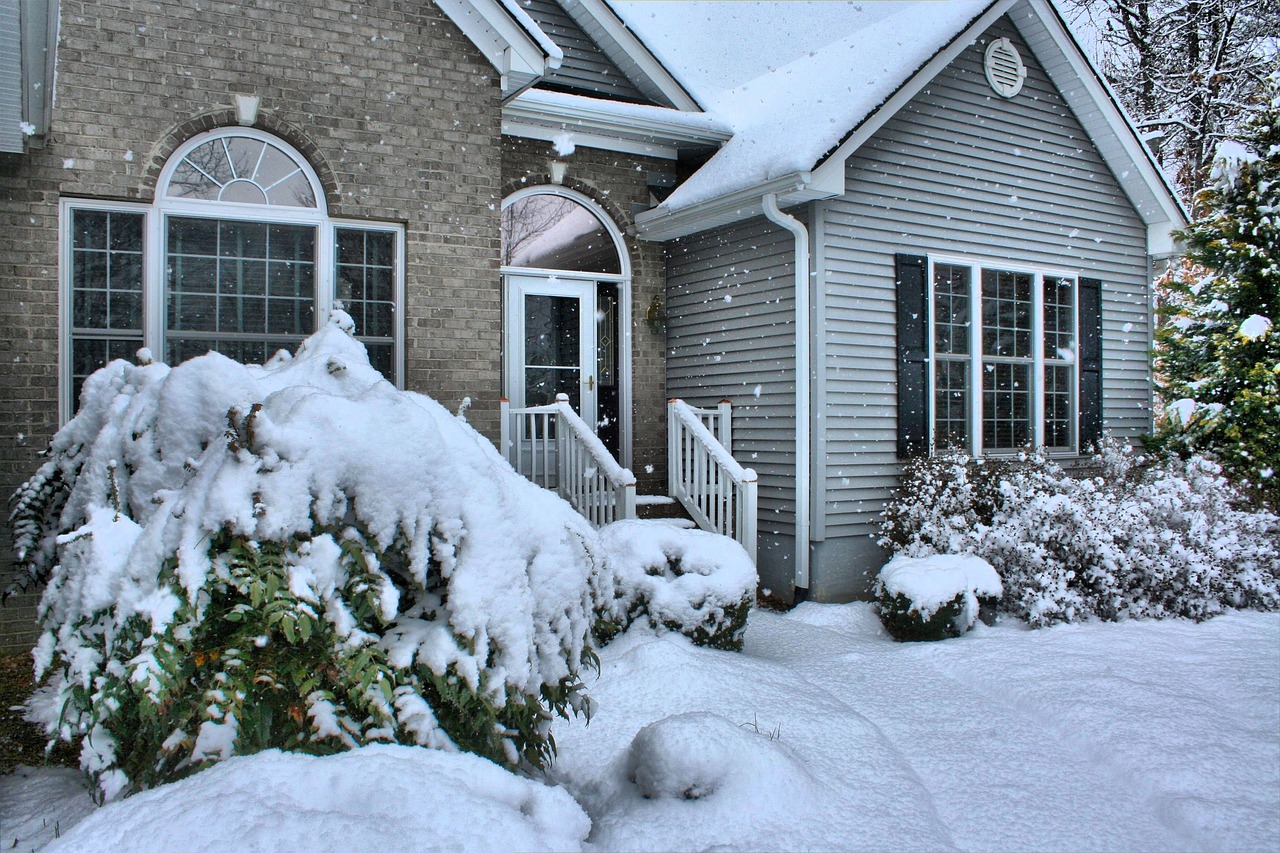
As climate change continues to bring about more frequent and severe weather events, designing and building homes that can withstand extreme weather conditions is becoming increasingly important. By implementing measures to disaster-proof your home, you can protect your property, ensure your family’s safety, and minimize the potential for costly repairs. This article provides valuable tips and strategies for designing your home to withstand extreme weather.
Secure Doors and Windows
Doors and windows are vulnerable points in a home during extreme weather events. Reinforce entry doors with solid cores or install storm doors for added protection. Use impact-resistant windows or install storm shutters to protect against high winds and flying debris. Consider laminated glass, designed to remain intact even if shattered, reducing the risk of injuries from glass fragments. Or, explore online, where you can read more about hurricane windows, the proper way of installing them, and how much they cost. Research the history of extreme weather events, such as hurricanes, tornadoes, floods, wildfires, or heavy snowfall, that have occurred in your region. This information will help you identify the potential risks and guide your design decisions. Understanding your area’s specific weather patterns and risks is the first step in designing a disaster-proof home.
Invest in Quality Roofing and Reinforce the Foundation
A durable and well-maintained roof protects your home from extreme weather. Choose high-quality roofing materials resistant to strong winds, heavy rainfall, and hail. Consider impact-resistant shingles or metal roofing, which are more resilient than traditional asphalt shingles. Ensure your roof is installed correctly, regularly inspecting any signs of damage or deterioration.
Meanwhile, a strong foundation is crucial for withstanding extreme weather conditions. Ensure your home’s foundation is built according to local building codes and standards. Consider reinforced concrete or steel-reinforced foundation walls to provide additional strength. Proper drainage systems, such as French drains or sump pumps, can help prevent water damage and basement flooding.
Strengthen Exterior Walls and Implement Proper Insulation
Design your home with sturdy and resilient exterior walls that can withstand the impact of extreme weather. Choose building materials resistant to fire, high winds, and moisture damage. Concrete, brick, or fiber cement siding are durable options that provide added protection. Reinforce walls with hurricane straps or structural connectors to increase their strength and resistance to strong winds.
On the other hand, insulation plays a vital role in regulating the temperature inside your home and reducing energy consumption. Proper insulation can help maintain a comfortable indoor environment in extreme weather conditions. Insulate walls, roofs, and floors to minimize heat loss or gain. Additionally, ensure that your home is well-ventilated to prevent moisture buildup, which can lead to mold and mildew growth.
Consider Elevated Construction
Consider elevating your home to protect it from rising water levels if you live in an area prone to flooding. Raised foundations or pilings can help mitigate flood damage. Ensure your electrical, HVAC, and plumbing systems are elevated above flood-prone areas. Consult local regulations and guidelines for recommended elevation levels in your region. Proper drainage is also essential for preventing water damage during heavy rainfall or flooding. Design your landscape for sloping away from your home’s foundation, directing water away from the structure. Install gutters and downspouts to collect and channel rainwater away from the foundation. Consider installing rain barrels or a rainwater harvesting system to collect excess water for later use.

Implement Fire-Resistant Measures
If you live in an area prone to wildfires, take proactive measures to make your home fire-resistant. Choose fire-resistant building materials like metal roofing, brick, or stone siding. Maintain a defensible space around your property by regularly clearing away dry vegetation and maintaining a buffer zone between flammable materials and your home. Install spark arrestors on chimneys and vents to prevent ember intrusion.
Create an Emergency Preparedness Plan
Preparing your home for extreme weather goes hand in hand with creating an emergency preparedness plan. Develop a comprehensive program that includes evacuation routes, designated meeting points, and a communication strategy for your family members. Install smoke and carbon monoxide detectors throughout your home and regularly test them. Keep emergency supplies, including food, water, flashlights, batteries, and a first aid kit, readily accessible.
By incorporating these strategies into the design and maintenance of your home, you can significantly enhance its ability to withstand extreme weather conditions. Disaster-proofing your home protects your property and loved ones and provides peace of mind during challenging times. Remember, investing in designing a resilient home today will pay off through increased safety and reduced vulnerability to future extreme weather events.




